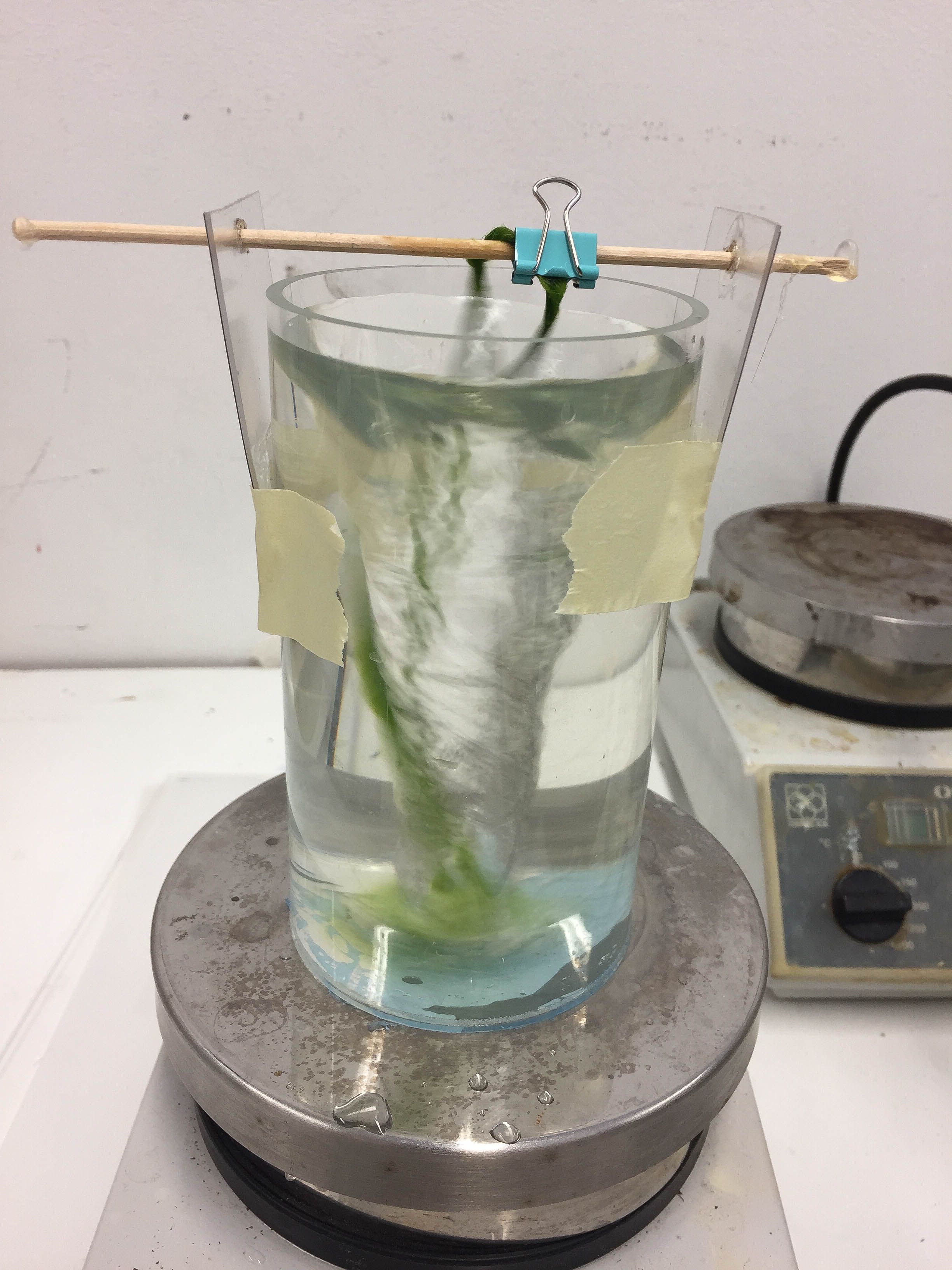Marine Cotton - water-based technologies
Challenge
„While many materials […] leave some kind of environmental footprint, algae don’t. It doesn’t require fresh water or land to grow.“ Tjeerd Veenhoven
How can we utilize this precious resource and not just substitute materials and products by using algae but create new applications, qualities, features and use cases? In order to explore this question and to find innovative answers, we dedicated this semester project to diverse aspects of daily life and sketched a day made of algae.
Concept
Algae grow up to 40 times faster than rooted plants. All they need is light, water and nutrients. Due to the rapid propagation, they are often seen as a plague. Starting from these properties this study deals specifically with the growth and utilisation of fibrous algae to be used in textile contexts. They are processed by means of newly interpreted technologies into either semi-manufactured products or up to a finished grown product. Marine Cotton represents an alternative to the current resources and technologies of the textile industry.
Water technologies
The approach in developing water technologies was mainly based on the given properties and quirks of the algae itself. It works with the way they can be treated and moved in the water, the ability to produce oxygen and the capability to grow on surfaces.
I. Vortex
Vortex is a concept that spins fibrous algae into yarn. As long as algae stay in water it is easy to separate or treat them. Lifting them outside, they glue together immediately. The vortex, therefore, is the perfect tool to twist them compared to an original spinning process.
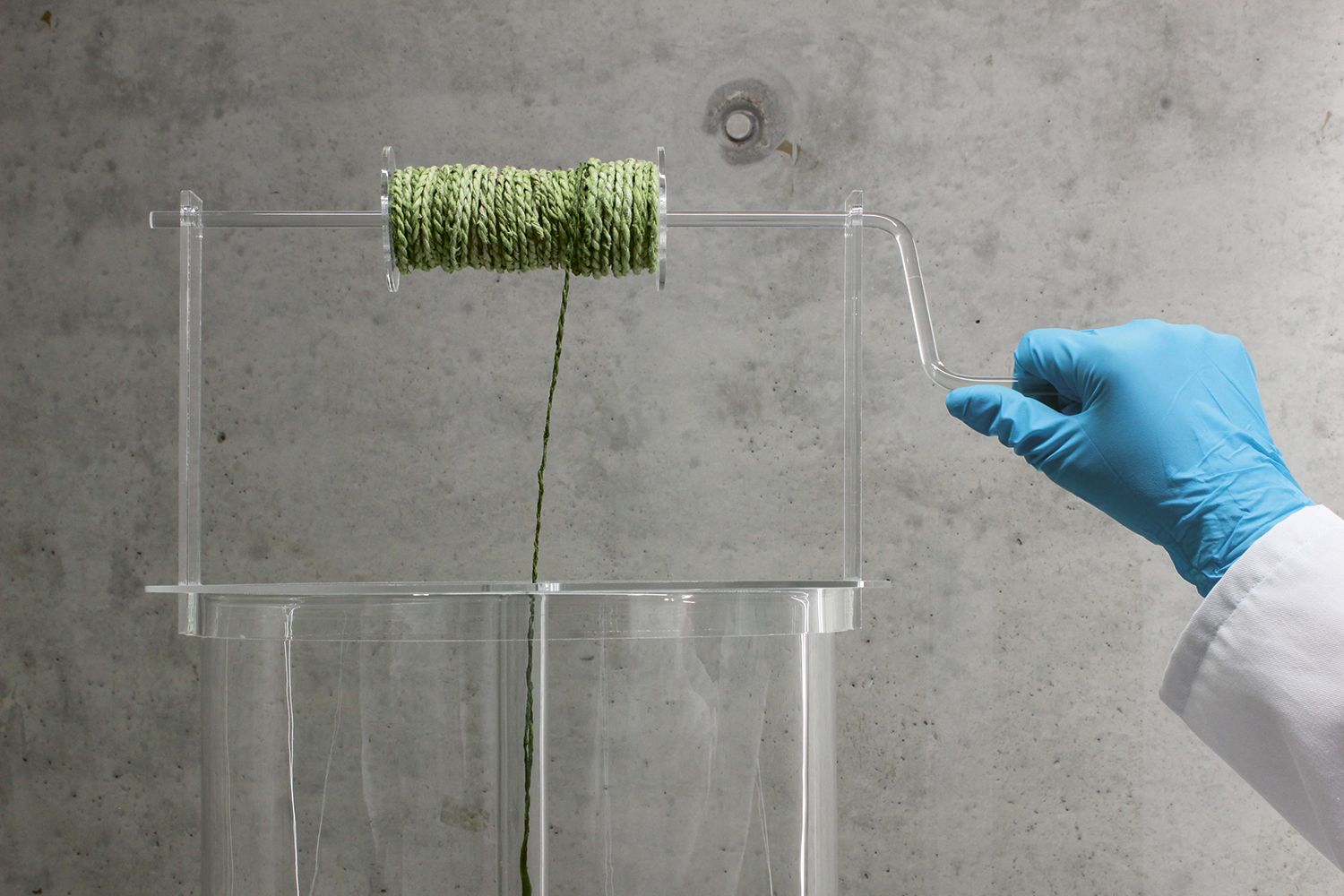

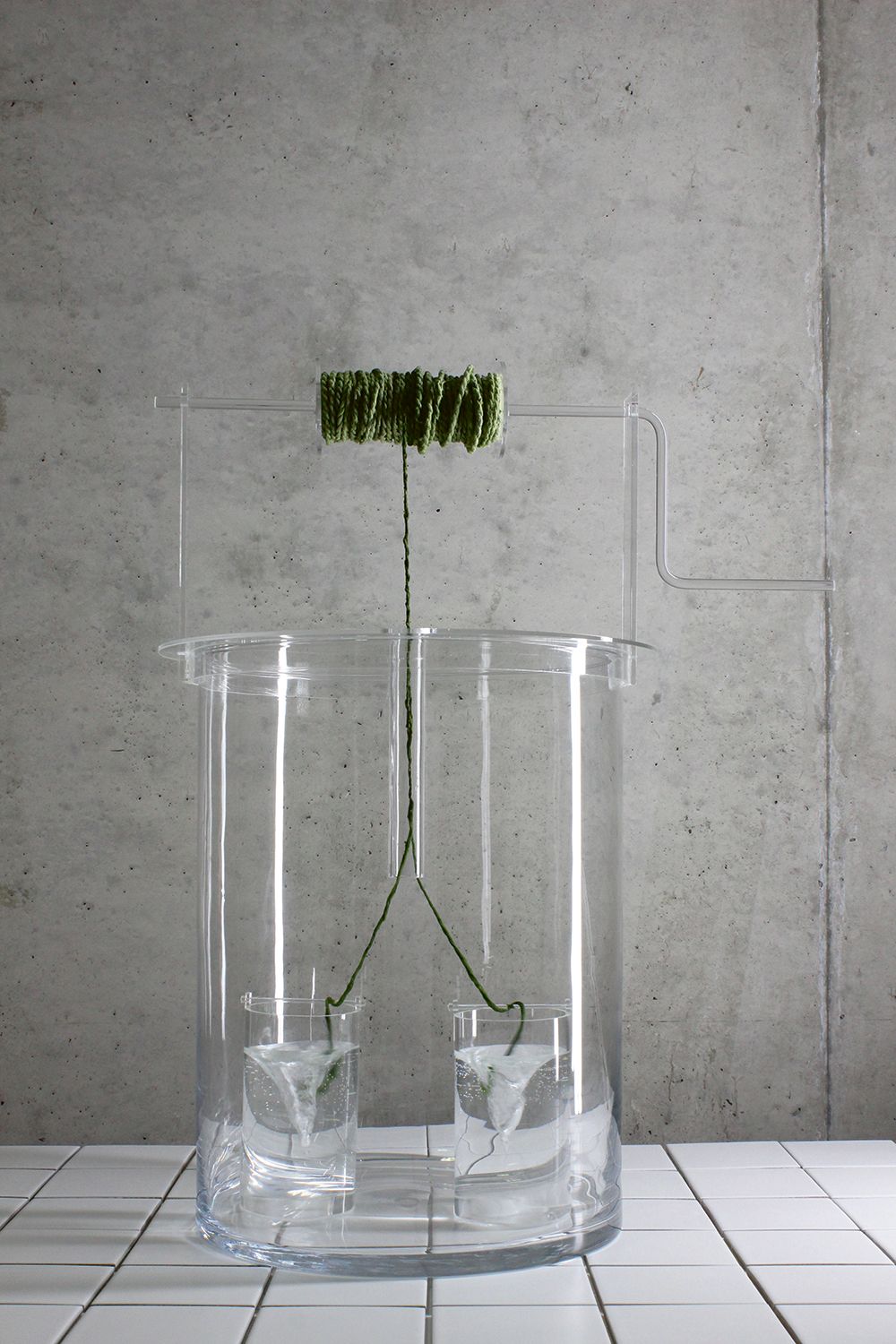

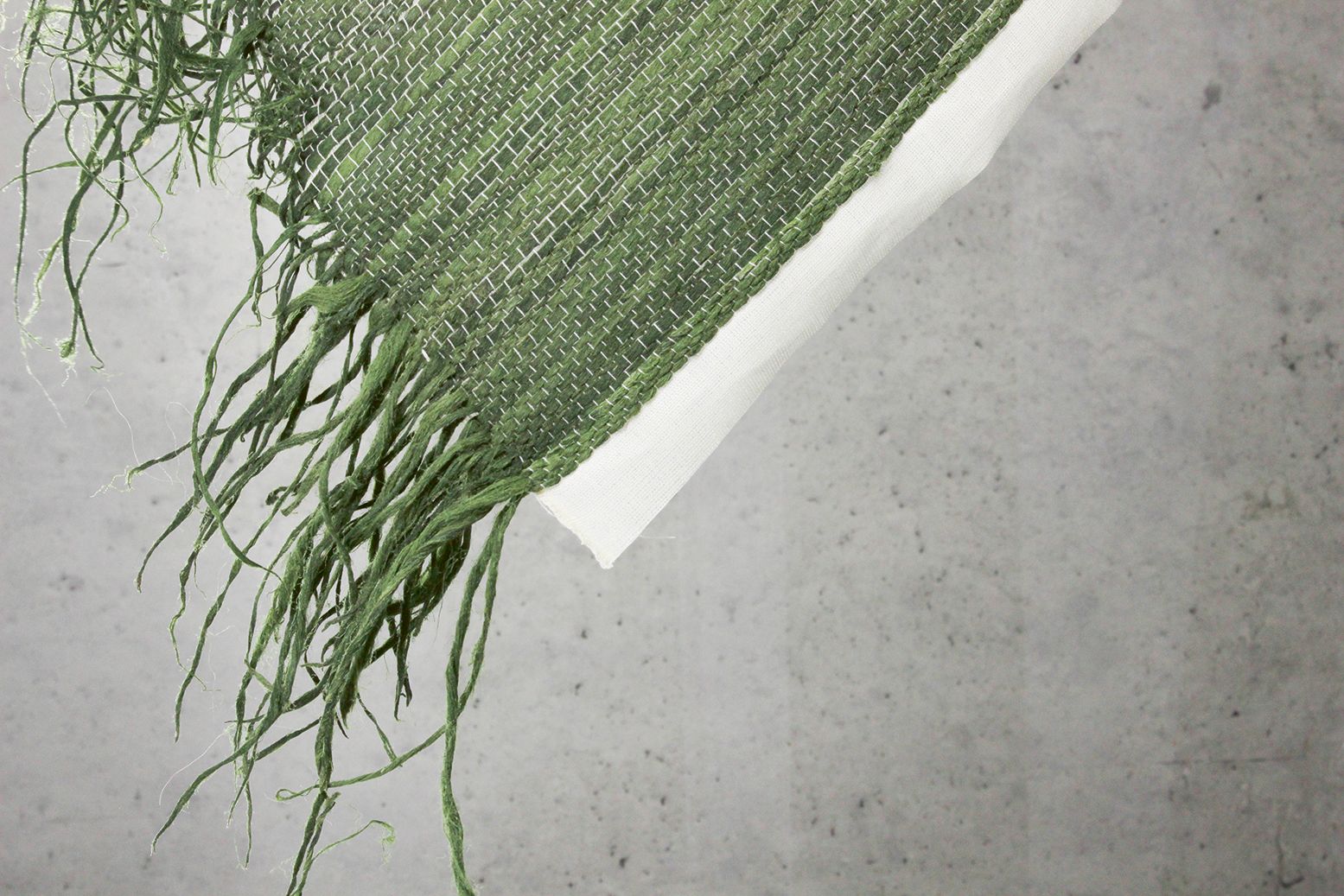

II. Deep Draw
When algae are exposed to intense sunlight they produce large amounts of oxygen. The oxygen is caught under the dense algae mesh so that the algae float on the water surface. This effect can be used for a shaping process that is similar to the regular plastic deep drawing process. Seeing it from a textile production process it is to mention that it skips the step of cutting and sewing or creating waste due to these processes. But it has its limits as undercuts up to a certain angle.






III. 3D Growth
Due to the fact that Cladophora adheres to surfaces, it is possible to grow predefined shapes or coat surfaces. In this way, it is also easy to overcome undercuts.




Process outtakes
The project started with an excursion to the tidelands. We've got an introduction into the ecosystem of the habitat and the guide gave us a brief introduction for the plants and animals we could find on our tour.




An other stop was the AWI (Alfred Wegner Institute) which is the centre for polar and marine research. It works to understand the highly complex processes in the "system of earth" and asks questions like, How does the planet earth develop? Do we observe short-term variations or long-term trends?




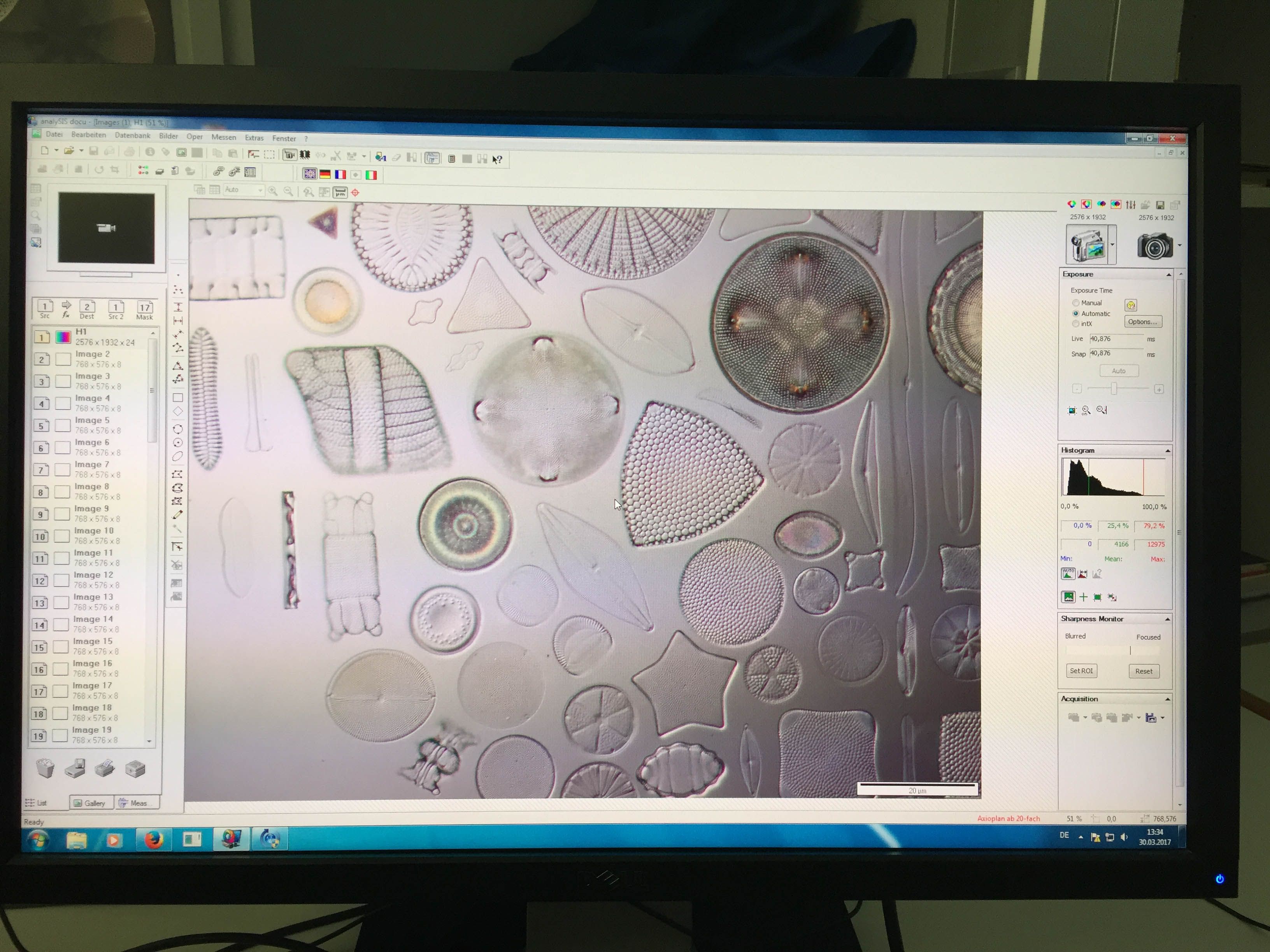

We also visited the Hochschule Anhalt and Prof. Dr Carola Griehl and her team working in the Department of Applied Biosciences and Process Engineering. They introduced us in the ongoing research, showed us the lab and we were able to visit the pilot plant of a photobioreactor which is built after the principle of a ‘Tannenbaum (fir-tree)’.


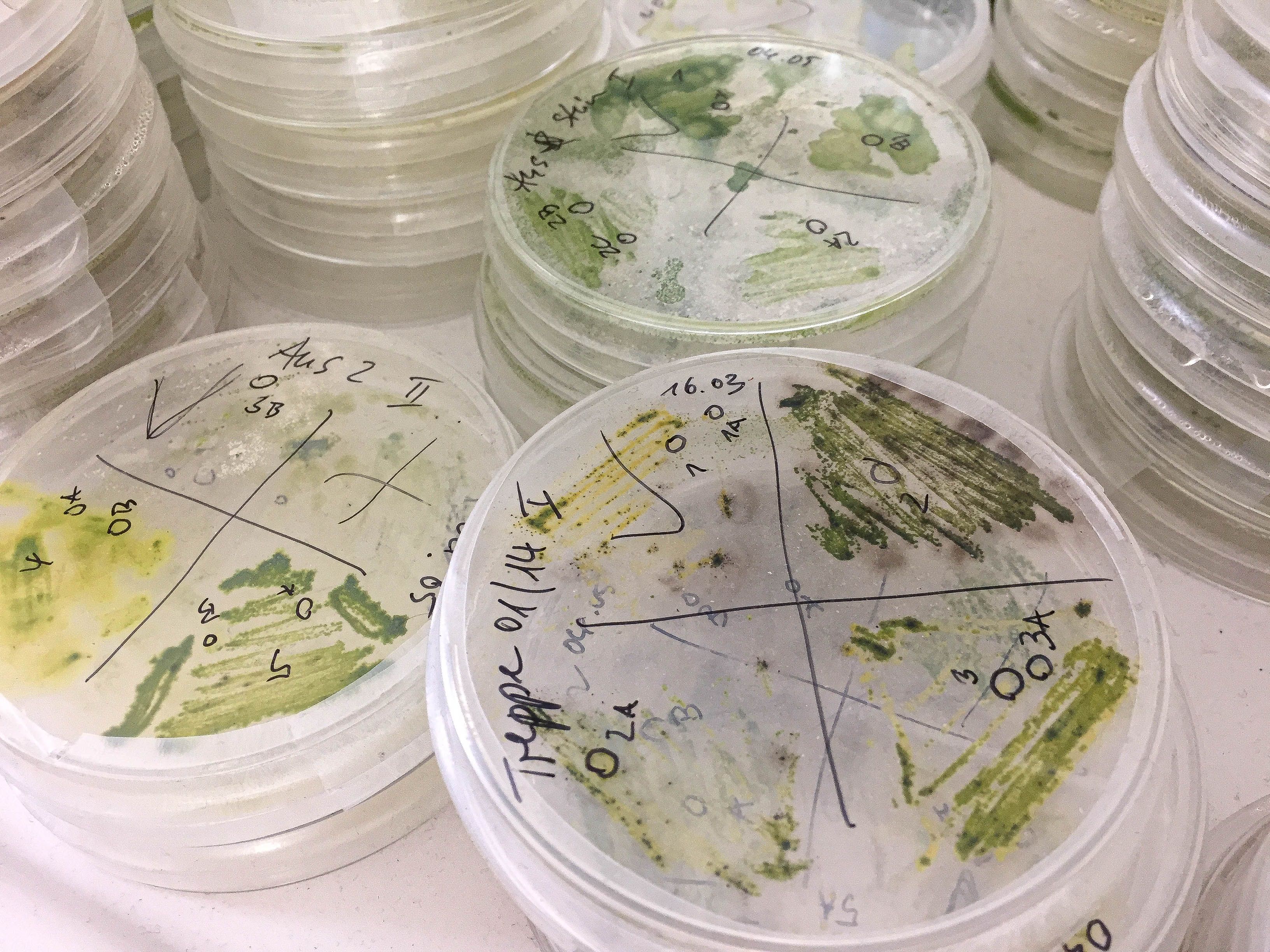

In a method workshop, we tried to open up the topic of algae in a various and wide field. Beforehand we had to select one day to take 1 photo every 10 minutes. In the workshop we each student selected four inspiring images from all the photos taken to imagine a short fictitious narration, assuming that algae have “settled” our daily lives.
Brainstorming, Concepts, Stories & What if... With a short brainstorming session, we started to collect definitions regarding everyday situations, everyday objects and properties of the algae. Afterwards, three random terms got selected from each conceptual cloud and then used for the generation of ideas.
The following task was to create a „what if ...“ question. Therefore everybody chose one topic and worked on it on his own for a short amount of time. Then again we changed sheets a couple of times and worked on ideas from others. After this session, everybody selected his/ her most promising idea from all the previous topics, ideas that came up throughout the course of the workshop and visualized them by sketches and short concept texts. Concurrent and reflectively the USP, advantages/disadvantages, as well as foreseeable problems or still open questions were noted. Afterwards, further potentials and possible problems of the implementation were routed in the group by using the “Star Trek Method”.


After this very insightful and intense input phase, everybody started its own specific research, experiment and concept development.














